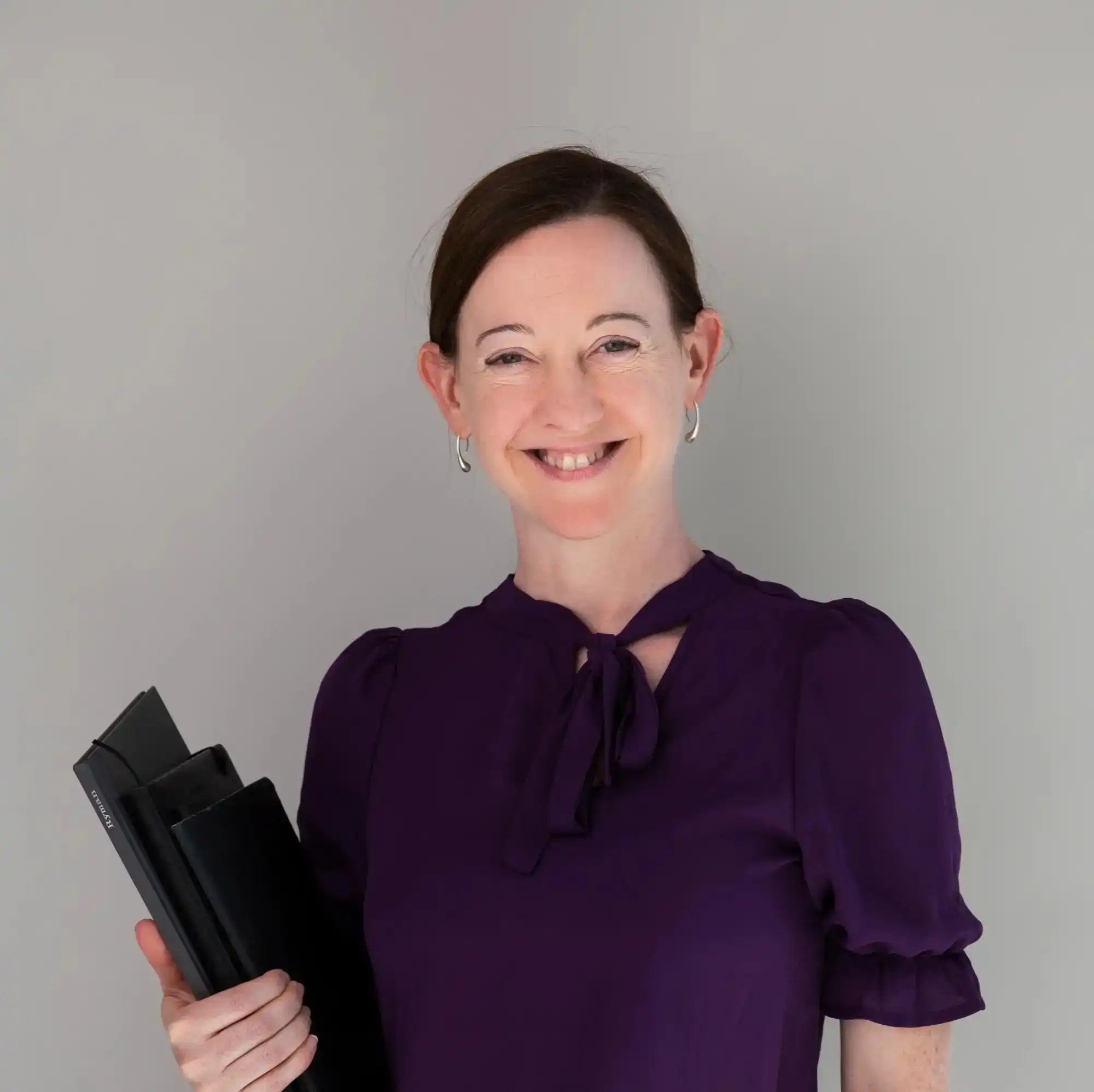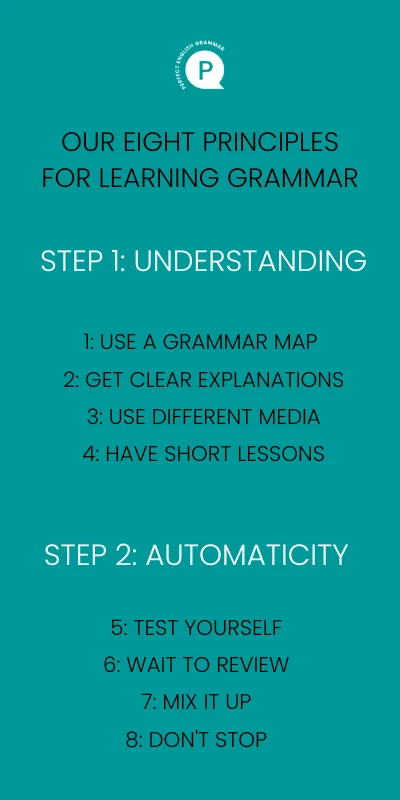The Passive Voice

So, in this example, the subject is 'I', the verb is 'drank' and the object is 'two cups of coffee'.
- Two cups of coffee were drunk (we can add 'by me' if we want, but it isn't necessary).
How to make the Passive in English
We make the passive by putting the verb 'to be' into whatever tense we need and then adding the past participle. For regular verbs, we make the past participle by adding 'ed' to the infinitive. So play becomes played. Click here to learn about irregular verbs.
| Tense | Active | Passive |
| present simple | I make a cake. | A cake is made (by me). |
| present continuous | I am making a cake. | A cake is being made (by me). |
| past simple | I made a cake. | A cake was made (by me). |
| past continuous | I was making a cake. | A cake was being made (by me). |
| present perfect | I have made a cake. | A cake has been made (by me). |
| pres. perf. continuous | I have been making a cake. | A cake has been being made (by me). |
| past perfect | I had made a cake. | A cake had been made (by me). |
| future simple | I will make a cake. | A cake will be made (by me). |
| future perfect | I will have made a cake. | A cake will have been made (by me). |
Practise with these exercises
Verbs with two objects
Some verbs that have two objects can make two different active sentences, and so two different passive sentences too:
- Active: He gave me the book / He gave the book to me.
- Passive: I was given the book (by him)/ The book was given to me (by him).
The passive in subordinate clauses
- Active: I thought that Mary had kissed John.
- Passive: I thought that John had been kissed by Mary.
- Active: He knew that people had built the church in 1915.
- Passive: He knew that the church had been built in 1915.
- The child loves being cuddled.
- She would like to be promoted.
When should we use the Passive?
- The Mona Lisa was painted by Leonardo Da Vinci. (We are more interested in the painting than the artist in this sentence)
- He was arrested (obvious agent, the police).
- My bike has been stolen (unknown agent).
- The road is being repaired (unimportant agent).
- The form can be obtained from the post office (people in general).
- The chemical is placed in a test tube and the data entered into the computer.
- The brochure will be finished next month.
- Three books are used regularly in the class. The books were written by Dr. Bell. ('Dr. Bell wrote the books' sound clumsy)
- I was surprised by how well the students did in the test. (More natural than: 'how well the students did in the test surprised me')

I'm here to help you understand grammar and speak correct, fluent English.

Made with love in London




